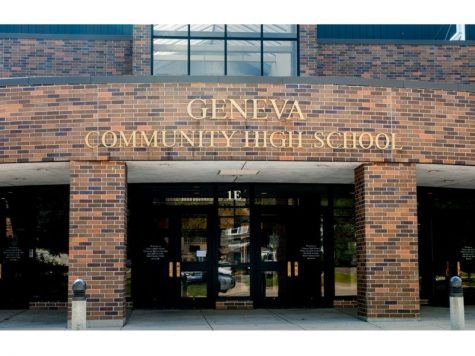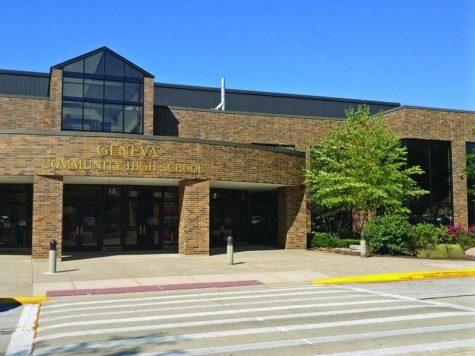A Bear-y Fun Competition
Every town has special traditions that are celebrated by all of the residents. However, for some places, they are a lot more unique than others. In Alaska’s Katmai National Park, there is a tradition unlike any other: Fat Bear Week.
Katmai National Park was established in 1918 to protect the regions of Novarupta and the Valley of Ten Thousand Smokes in southwest Alaska after powerful volcanic eruptions. Today, the park’s main mission is to protect the diverse wildlife that reside within the park. Scientists have documented forty-two species of mammals within Katmai National Park, and none is more celebrated than the brown bear.
During the summer, the bears must stock up on food to gain weight in preparation for winter hibernation. According to Katmai Conservancy media ranger Naomi Boak, “They lose a third of their body fat over the winter. So they need all that fat to survive”. At the end of the summer, after all of the bears’ feasting on the salmon that return from the ocean, Katmai National Park steps in. Boak and another media ranger, Brooklyn White, choose the competitors to feature in the bracket and take before and after photos of them.
Katmai National Park then posts the bracket on their Facebook page, with the names and pictures of the bears in the park, along with the corresponding numbers assigned by the park rangers to each bear. Then, it is up to the voters to decide who advances to the next rounds and is eventually crowned Fat Bear Week champion. And in a landslide vote, Holly, bear number 435, won this year’s Fat Bear Week.
However, there is more to Fat Bear Week than just fun pictures of bears. The goal of this unique competition, just like the goal of Katmai National Park, is conservation. Having Fat Bear Week, as well as the park’s several bear cams available to watch online, remind people of the importance of conservation and protecting the precious species that reside within the park. The park believes that extending the goal of conservation through familiarizing people with the animals in the park will help make people more inclined to do what they can to protect Katmai National Park and other similar areas.
Being able to celebrate Fat Bear Week comes down to one thing: salmon. The abundance of salmon in the park is what allows the bears to prepare for hibernation, and without them, the bears would be in serious danger. Mike Fitz, an explore.org naturalist and former Katmai park ranger, explains that “The number of salmon swimming into the Naknek River watershed has already exceeded all of last summer. The abundance of salmon underscores the importance, value, and rewards of protecting clean, healthy watersheds and managing fisheries sustainably.”
To allow Fat Bear Week to continue, people must understand the importance of the conservation of not just the brown bears, but the species they depend upon as well. Katmai National Park understands this importance, and hopes that this new tradition will help educate and motivate others in a unique way to protect the special environments around them.






